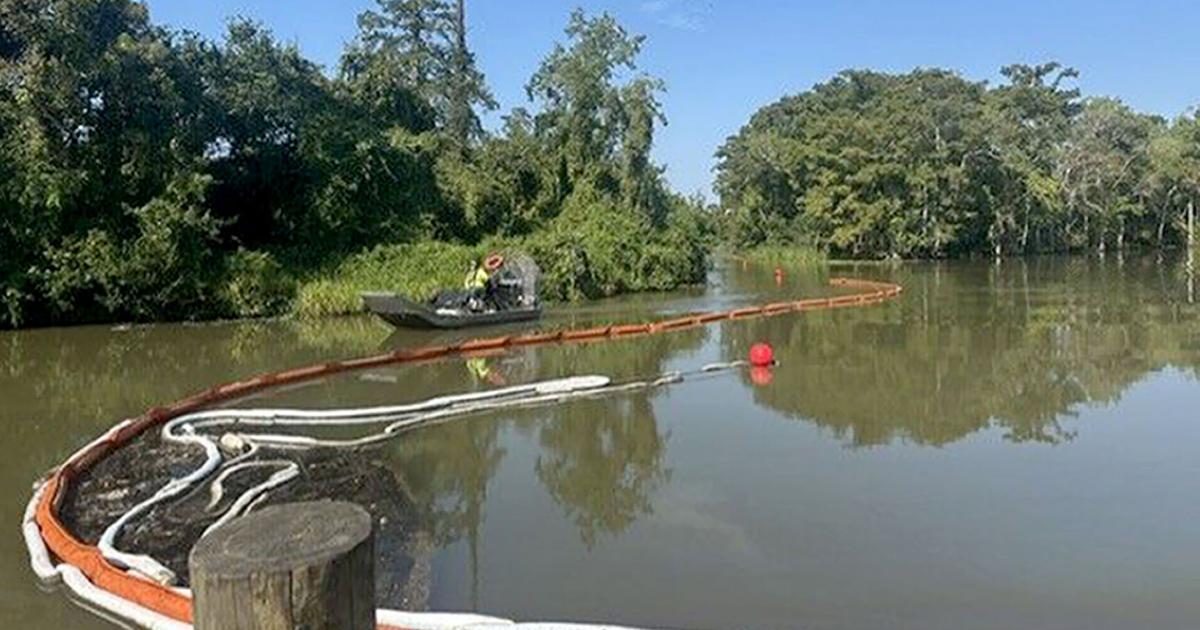
The catastrophic fire and explosions at Smitty’s Supply Inc. last month spilled chemicals into local streams, rivers and ponds.
State officials have now begun testing fish and other commonly eaten seafood in the Tangipahoa River and Lake Pontchartrain for any contamination from the weekslong spill at the Roseland-area lubricants plant.
Officials said laboratories will analyze the samples to help the state Department of Health and other agencies “assess any potential public health risks and determine if seafood consumption advisories are warranted,” a new release said.
“By working side-by-side with our federal and state partners to perform this vital work, we are ensuring that the people of Louisiana receive transparent, science-based information about the safety of our waterways and seafood.”” said Courtney J. Burdette, secretary of the Department of Environmental Quality.
The state Department of Wildlife and Fisheries is also involved.
Greg Langley, a spokesman for DEQ, said shrimp, crab and fish species commonly sought for food will be tested. Alligators, turtles and snakes won’t be tested, he said when asked.
Testing in Lake Pontchartrain will focus near the mouth of the Tangipahoa, which empties into the lake.
The fire at the complex off U.S. 51 on Aug. 22 sent up a large black plume that rained soot up to 15 miles away, forced a 1-mile evacuation for a few days and spilled millions of gallons of chemicals.
U.S. Environmental Protection Agency contractors and staff have put in place more than 4.4 miles of protective boom to try to halt the oily runoff and collect it along nearly 50 miles of the river. They had recovered nearly 3.5 million gallons of oily material through midday Friday, EPA officials said.
Government officials haven’t said yet what chemicals burned or spilled at Smitty’s, but state reports say the complex could have been storing up to 8.7 million gallons of liquids, including motor oil, lubricants and hydraulic fluid. EPA said Smitty’s inventory showed naphthalene, xylene, ethylene glycol and phosphoric acid at the time of the fire.
Some people living along the lower river said they saw dark oily waste running down the Tangipahoa in the first days after the fire.
State officials have said they received only one report of an animal killed by the contamination, an oiled turtle.
Some residents and environmental groups have complained about the scope of air and water testing done since the fire — for instance, not testing for heavy metals in the air — though EPA officials say they are following standard protocols.
For the seafood testing, contractors will look for heavy metals, such as arsenic, chromium, lead and barium, along with petroleum-related hydrocarbons.
Heavy metals can become more concentrated — thus more of a risk — as they “bioaccumulate” in animals such as fish that feed on other contaminated organisms in the food chain.
“The sampling will be conducted in multiple rounds to evaluate potential bioaccumulation of contaminants over time,” DEQ officials said.
To ensure accurate results, “control samples” of the same species will be taken from Bayou Lacombe for comparison. That river wasn’t affected by the Smitty’s spill, DEQ said.
Results from the first round of testing are expected in two weeks. All results will be made public when available, DEQ officials said.



